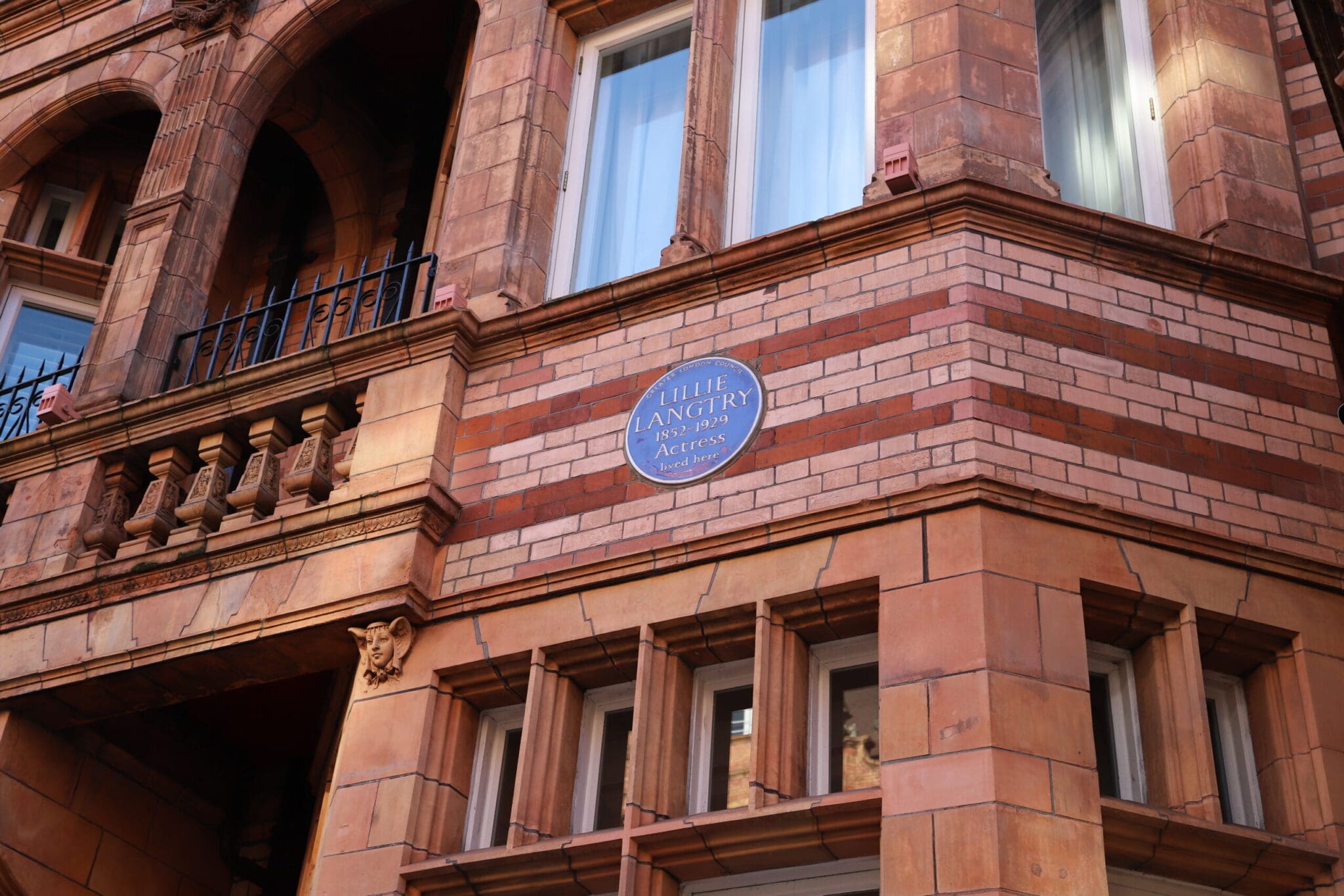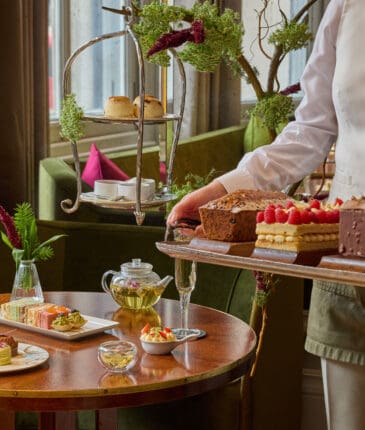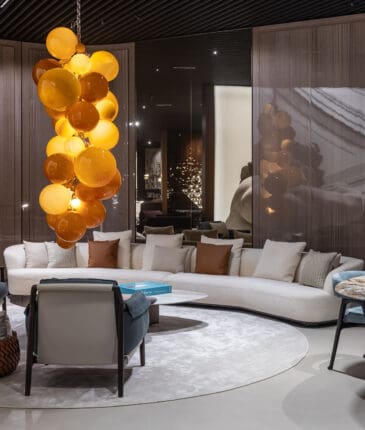In this series we discover more about the local heroes behind Knightsbridge’s many blue plaques
Blue plaque spotlight: Lillie Langtry (1853-1929)
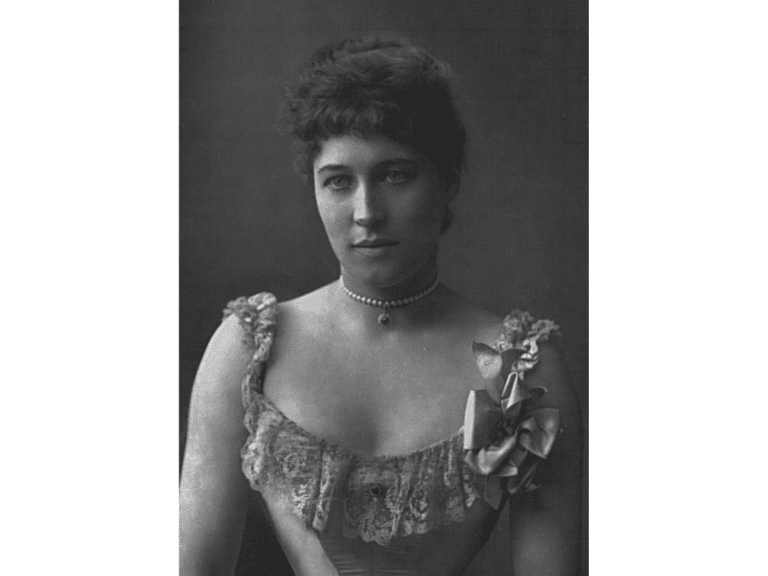
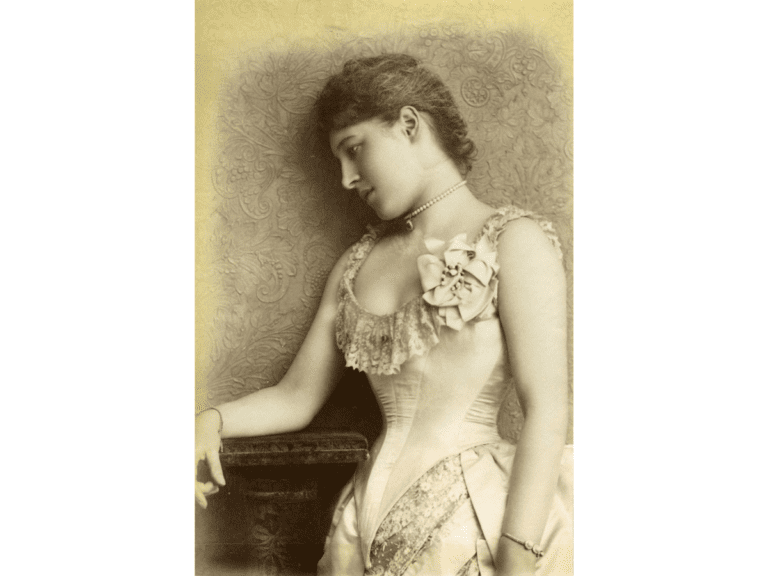
WHO?
19th-century actress, socialite, property magnate, businesswoman and royal mistress, dubbed ‘the Jersey Lily’ by Pre-Raphaelite artist John Everett Millais.
WHERE?
21 Pont Street, Knightsbridge, now the site of The Cadogan Hotel. Interestingly, the date of birth is erroneously listed as 1852.
CLAIM TO FAME
Lillie Langtry was born Emilie Charlotte Le Breton on 13 October 1853 in Jersey; the sixth of seven children and sole daughter born to Emilie Davis and the Very Reverend William Corbet Le Breton. A bright and tomboyish child raised in a household of men, the young Lillie (as she was known from childhood) rejected her governess and was educated alongside her brothers by a series of tutors. Of her charm and wit, the Irish playwright George Bernard Shaw would write: ‘I resent Mrs Langtry, she has no right to be intelligent, daring and independent as well as lovely.’
Lillie Langtry’s story may forever be entwined with her beauty and the men she captivated, but she was far more than just a pretty face. Aged 20, she married Irish widower Edward Langtry and the couple – allegedly at Lillie’s insistence – moved to London soon after. They stayed around the Knightsbridge area, renting at Eaton Place before moving near Park Lane and, later, 21 Pont Street, which became The Cadogan Hotel in 1895. The five-star hotel’s restaurant, The LaLee, is named in her honour, and her boudoir, where she entertained her lovers, is room 106. The most famous and prestigious of her paramours was the Prince of Wales, Albert “Bertie” Edward (later King Edward VII), though she also had affairs with the Earl of Shrewsbury and Prince Louis of Battenberg, who was rumoured to have fathered her illegitimate daughter, Jeanne Marie, born in 1881.
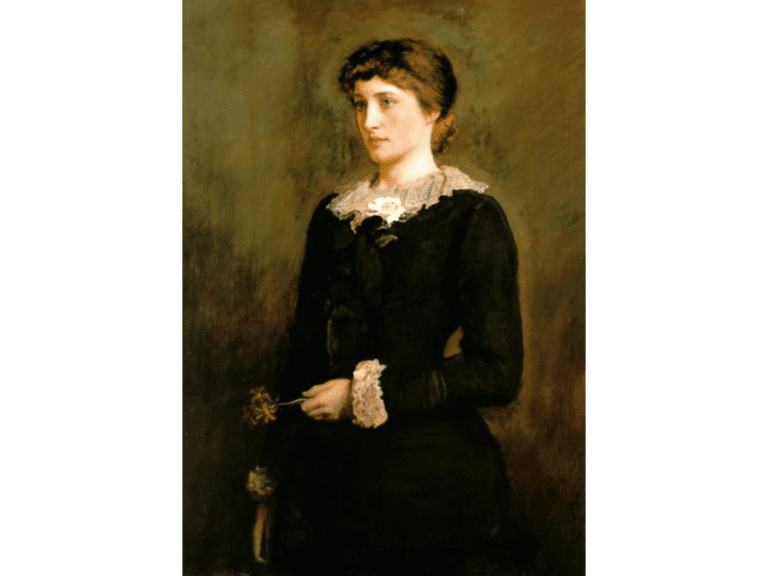
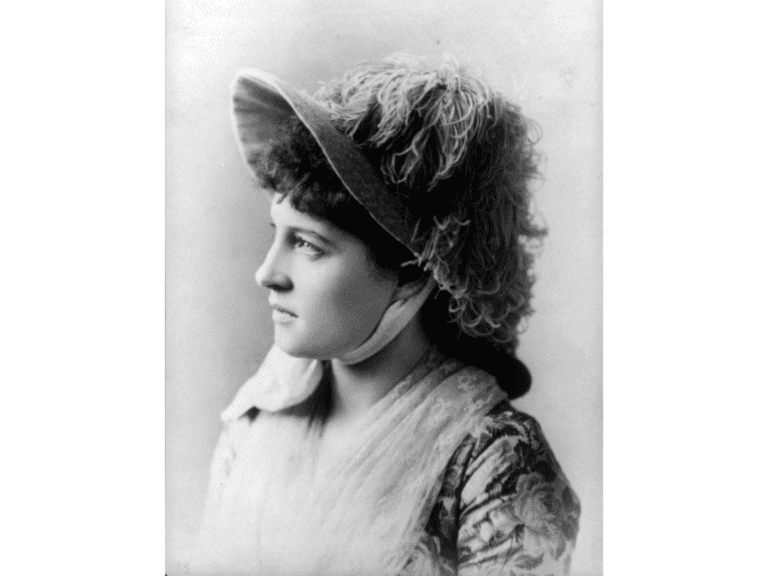
It didn’t take Langtry long to earn her place in London Society, all thanks to a soirée in Knightsbridge. In April 1877, she was invited to attend a party at 23 Lowndes Square, the home of Sir John and Lady Olivia Sebright. In contrast to the other, more extravagantly dressed ladies at the gathering, Langtry wore a simple black dress and no jewellery as she was in mourning at the sudden death of her younger brother following a riding accident. To her surprise, she became the centre of attention and caught the eye of artists John Everett Millais and Frank Miles. The A Jersey Lily portrait of Lillie Langtry was painted by Everett Millais in 1878, and another portrait by Miles was sold to Prince Leopold. ‘From that time I was invited everywhere and made a great deal of by many members of the royal family and nobility,’ Langtry explained in an 1882 interview.
After her dalliance with the Prince of Wales fizzled out in around 1800, Langtry decided to try her hand at acting following the advice and encouragement of her friend, Oscar Wilde (who once quipped that he would ‘rather have discovered Lillie Langtry than America’.) She made her stage debut – the first Society lady to do so – in 1881 in a production of the comedy She Stoops to Conquer performed at the Haymarket Theatre.
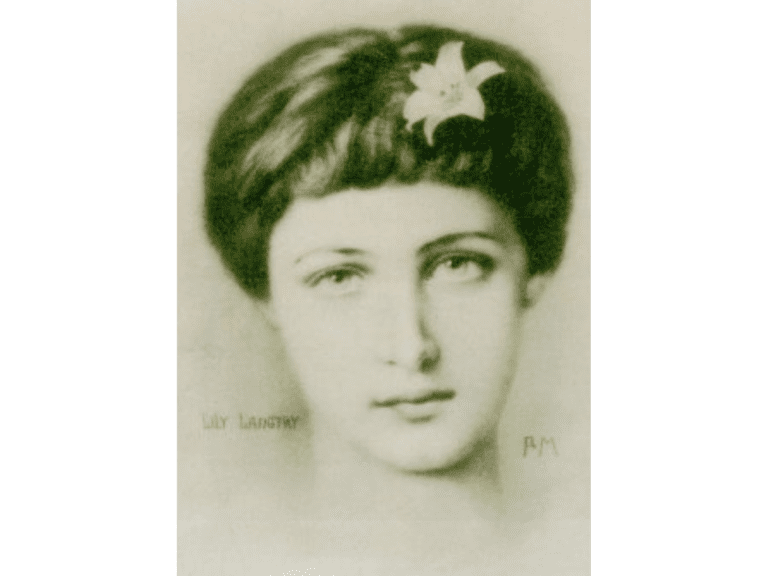
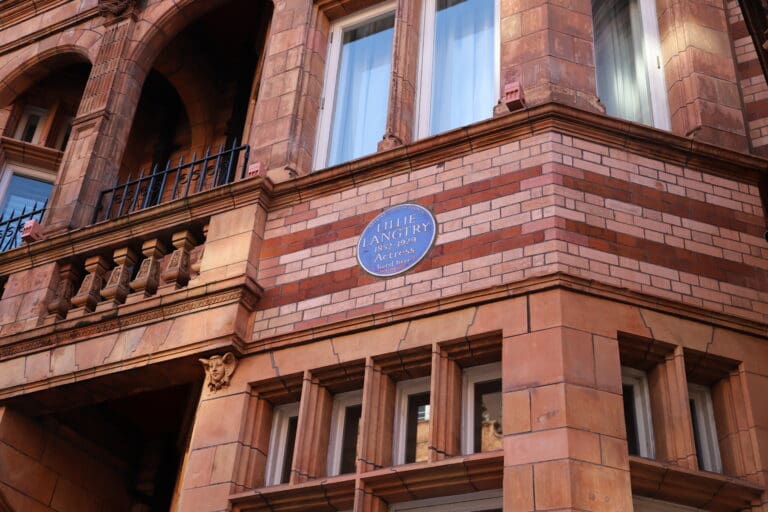
Langtry’s skills as an actor were somewhat dubious, but what she lacked in talent she more than made up for in charm and business acumen. In 1882 she set up her own theatre company and toured the United States, where the crowds fell under her spell and financially supported her acting ambitions. With her newfound wealth, she purchased a ranch in Lake County, California, where she raised horses and set up a winery. In the early 1900s she became manager of the Imperial Theatre in London, personally overseeing its refurbishment, and even owned a successful horse stable in Newmarket. It is widely believed that Langtry was the first celebrity to lend her famous visage to product endorsements as the face of Pears soap. Never afraid to cash in on her looks, she also sold wine through her vineyard with labels that depicted her countenance.
By 1887, Langtry had divorced her (it would be fair to say) long-suffering husband, and became an American citizen. She later married Hugo Gerald de Bathe, an heir to a baronetcy, who was 19 years her junior. Now Lady de Bathe, she allegedly purchased a house at 2 Cadogan Place in Knightsbridge, where she lived from 1899 until 1904. However, she lived out her final years in Monaco and her final resting place is at her father’s former parish in Jersey.
At a time when women had little options or autonomy, Lillie Langtry blazed a trail as a shrewd and fearless businesswoman – the archetype of the brains and beauty stereotype, a prototype for the modern influencer who left an indelible impression on London Society.
